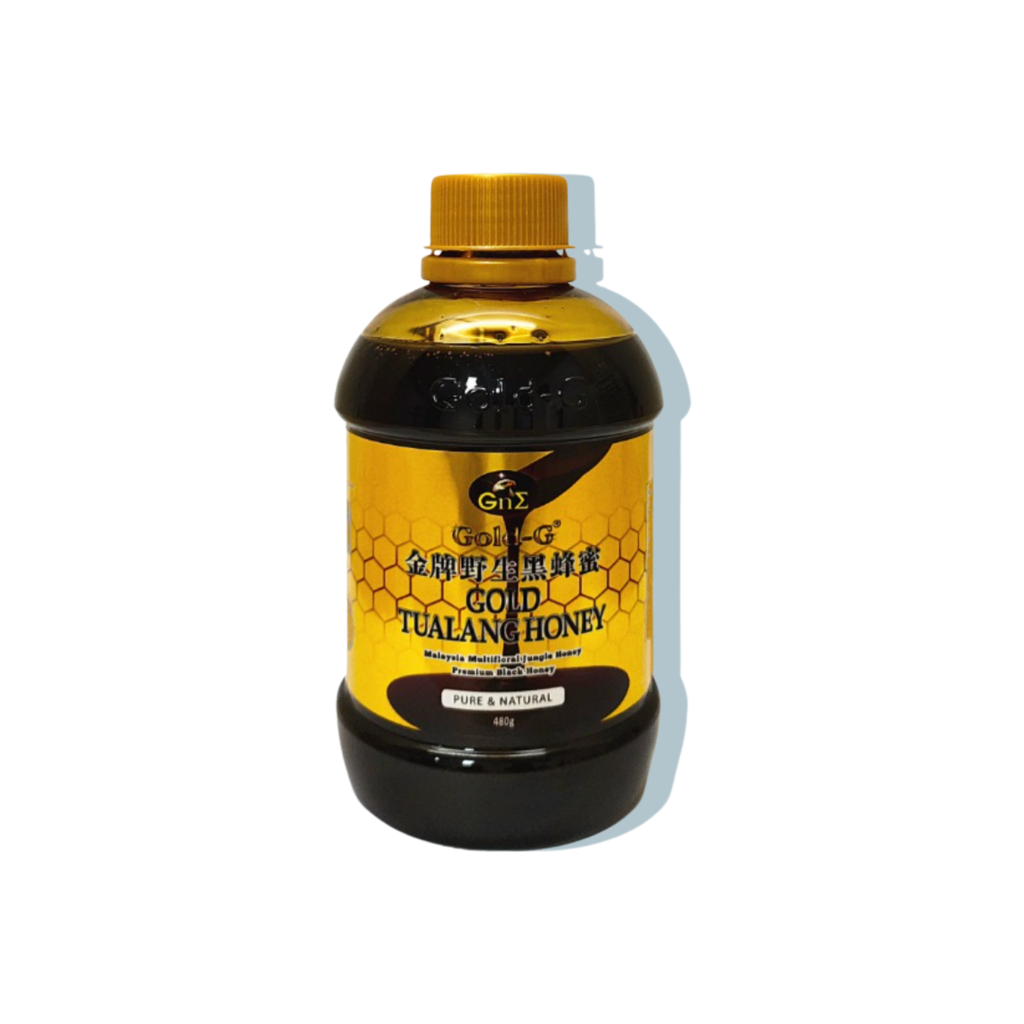Cardiovascular disease is also known as heart and blood vessels disease or heart disease. It included several conditions related to heart, arteries and blood vessels, and often involves narrowed or blocked blood vessels which restrict blood circulation. Cardiovascular disease is one of the leading causes of death in United State; while atherosclerosis, heart attack, and stroke are the most common cardiovascular disease.
Stroke
Stroke is an emergency medical condition occurs when the blood vessel which supply the oxygenated blood to brain is blocked or burst, causes the brain cells die due to lack of oxygen. When the brain cells die, abilities controlled by the affected part of brain will loss.
Ischemic stroke is the most common types of stroke. It is occurred when the blood vessels that deliver oxygenated blood to brain is narrowed or blocked, which reduce the oxygen delivery to brain and causes death of brain cells.
Hemorrhagic stroke is occurred when there is ruptured or leakage of arteries in the brain, leaked blood put pressure and causes damage to the brain cells.
Signs and symptoms
Stroke can be happened in a sudden without giving out any warning signs. However, there are some symptoms you can recognize and get medical help earlier.
- Sudden numbness or weakness on face, arm, or leg (at one side, either left or right side of the body).
- Sudden confusion, having trouble on speaking or slurred speech.
- Sudden trouble seeing and blurred vision in one or both eyes.
- Sudden trouble walking, dizziness, loss of balance or coordination.
- Sudden severe headache with no known cause.
You may have a self-check using F.A.S.T., an acronym that helps to recognize and identify a stroke:
F: Face drooping. Facing a mirror or ask someone to observe your face when you smile, see if one side is drooping, numb or uneven smile appear.
A: Arm weakness. Raise both arms, and observe whether one arm is drifting downward or numbness on one side.
S: Speech difficulty. Repeat a simple phrase and observe if there any slurred or strange speech.
T: Time to take action: If you observe any signs and symptoms above, quickly get help and treatment from hospital. Earlier detection of stroke may help to prevent permanent damage or death.
Risk factors
- Family history / genetic: Risk higher when you have family member(s) with cardiovascular disease. It is also possible a genetic factor that increase the risk of cardiovascular disease.
- Age: Older people tends to have higher risk of getting stroke, and the risk may double every 10 years after 55 years old.
- Unhealthy diet: Diets high in saturated fat, trans-fat and cholesterol may increase risk of atherosclerosis and raise blood cholesterol level, which will also increase the risk of stroke; also, high sugar or salt consumption may causes high blood pressure and raise blood sugar level, which will affect cardiovascular health.
- Low physical activity level: Physical inactivity may worsen the body health and is a risk factor for several chronic diseases.
- Smoking: The carbon monoxide in the tobacco smoke will reduce amount of oxygen in blood, which causes the heart to pump harder to ensure enough oxygen supply to the whole body’s cells. Also, it causes the blood more likely to clot, and increase the risk of cardiovascular disease.
- Too much alcohol: Drinking too much alcohol will raise blood pressure, causes overweight or obesity, and increase level of triglycerides, fats which will harden the arteries.
- Atherosclerosis: Hardening and narrowing of arteries increase the risk of stroke, especially if there is plaque formation in the arteries, which limit the oxygenated blood supply to brain and lead to the death of brain cells.
- Obesity: Obesity often causes several health problems, such as high blood pressure and high blood cholesterol; it is also increase risk of atherosclerosis and other cardiovascular disease.
- High blood pressure: High blood pressure can cause damage to blood vessels and increase the risk of atherosclerosis, which is also leading to other cardiovascular disease.
- Diabetes: High blood glucose may damage and reduce elasticity of the blood vessels, which causes higher risk to develop cardiovascular disease.
- High blood cholesterol: High cholesterol level, especially LDL (low density lipoprotein) in blood will increase the build-up of plaque on the wall of arteries, which lead to atherosclerosis, and may further develop into heart attack or stroke.
Stroke prevention tips
- Healthy diet: Consuming a healthy balance diet, which is eat more vegetables, fruits, and whole grains; Consider a healthy meal, fill your plate with ½ of the plate is vegetables, ¼ of the plate is your protein source (egg, fish, lean meat, or tofu), ¼ of the plate is carbs (brown rice, wheat noodles, sweet potato, and etc.); avoid adding extra sauces to your meal (mayonnaise, tomato sauce, soy sauce and etc.), you may consider using herbs and spices (ginger, mint, curcumin and etc.). Also, avoid foods high in saturated fat, trans-fat, cholesterol, salt (sodium), sugar and refined grains. A healthy diet can help to control blood pressure, cholesterol, and glucose level too.
- Regular exercise: A regular exercise able to improve blood circulation, reduce blood pressure and lose weight effectively. Exercises such as walking, jogging, cycling, or swimming can be carry out for 30-60 minutes per day and do for at least 3 times per week. Besides, you can also increase your daily activities with several simple steps, such as climbing stairs instead of taking lift, walk to your colleague rather than calling through the phone, or walk to pantry to drink some water/take a break after sitting in front of the computer for hours.
- Quit smoking: Smoking is one of risk factors for chronic diseases development. The cigarette and tobacco products contain several toxic substances; nicotine and carbon monoxide are especially toxic to heart and blood vessels. Hence, quit smoking is necessary for diseases prevention and maintenance of health.
- Limit alcohol consumption: Drink too much alcohol will cause high blood pressure and increase risk of stroke. According to American Heart Association, men should not consume alcohol more than 2 drinks per day; women should not consume more than 1 drink per day. The portion size of a drink is 12 oz (355ml) of beer, or 4 oz (118ml) of wine, or 1.5 oz (44ml) 80-proof spirits.
- Maintain healthy weight: Overweight and obesity has been found to increase risk of cardiovascular disease. So, maintain the body weight in healthy weight range is important. BMI (body mass index) is an indicator of weight range, which is calculated using weight (kg) divided by square of height (m2). For Asian, BMI value range from 18.5 to 22.9 is considered normal weight range; BMI value range from 23 to 27.4 is considered overweight; BMI value more than 27.5 is considered obesity; while BMI value less than 18.5 is underweight.
- Regular health check-up: Consider a heart-health screening, which would include blood pressure measurement, blood test for blood lipid profile and blood glucose level, weight and body mass index, waist circumference and waist-hip ratio. Knowing your number may help you to prevent stroke and other cardiovascular disease.
- Supplements: Supplement is another option for those who are not able to consume enough nutrients from their diet, such as vegetarian, people who are allergic to certain foods, or those with poor digestive system. However, if you are taking medications to control your condition, it is better to ask your doctor/pharmacist/health consultant for advices before consuming any supplement. Supplements that may beneficial to cardiovascular health included vitamin C, Coenzyme Q10, Omega-3 fatty acid, folic acid, and so on.
GNE Gold-G® Health Food Series
Gold-G® Bio Sea Cucumber
Consume Gold-G Bio Sea Cucumber frequently can maintain cardiovascular health as sea cucumber contains several pharmaceutical components with cardioprotective effect and help reduce the risk of developing atherosclerosis.
- Omega 3 & 6 can reduce blood viscosity, improve blood lipid composition, prevent blood clot and plaque formation, and maintain blood vessel elasticity.
- Mucopolysaccharide exhibits anti-thrombotic activity, and helps in preventing atherosclerosis.
- Saponin can reduce blood lipids and triglycerides, thus help in lowering blood cholesterol level.
- Sea cucumber polypeptide (gamma protein) helps in formation of new blood vessels, and increase blood and oxygen supply.
- Collagen helps to maintain the elasticity of blood vessels.
- Sulfated fucan exhibits anti-coagulation and anti-thrombotic activities, may help to reduce risk of atherosclerosis.
- Selenium is an important element for protection and restoration of heart function.
Precaution:
- This product contains animal part: Sea Cucumber.
- Stop taking Gold-G temporarily when you are experiencing cough with phlegm, diarrhea and soft stool.
- Please consult your pharmacist, doctor, or other healthcare providers about any other supplements / medications you are taking and other health problems.
Gold-G® Antarctic Gold Krill Oil
Krill oil is increasingly important source of omega-3 fatty acids specific for DHA and EPA, contained abundant of astaxanthin, and consisted of phospholipid which provide better bioavailability.
- Omega-3 fatty acids have strong anti-inflammatory property, which able to fight inflammation, protect and maintain healthy heart system. It may help to lower blood pressure, improve blood lipid profile, prevent blood clots, and maintain vascular elasticity.
- Astaxanthin is a strong antioxidant present in Antarctic krill oil. It can help to reduce inflammation and oxidation in the body, lower blood pressure, reduce blood lipid, improve blood circulation.

Gold-G® Gold Tualang Honey
Tualang honey is raw honey harvested from Malaysia’s tropical rainforest. It is 100% pure and natural without undergo any additional treatment, hence it retained natural friendly bacteria, propolis, pollen grains, phytonutrients, phenolic acids, and flavonoids. Besides natural taste and aroma, Tualang honey has higher nutritional value and stronger therapeutic effects than processed honey!
The flavonoids, phenolics and enzymes could provide anti-oxidation and free radical scavenging activities, which in turn improve the antioxidant enzyme levels in heart tissue, lower lipid peroxidation levels, and contribute to cardioprotective effects.
Click the link below for direct purchase.
References
- Mayo Clinic, (2018). Stroke. Available at: https://www.mayoclinic.org/diseases-conditions/stroke/symptoms-causes/syc-20350113 [Accessed 8/6/2018].
- McIntosh J., (2017). Everything you need to know about stroke [online]. Medical News Today. Available at: https://www.medicalnewstoday.com/articles/7624.php [Accessed 11/6/2018].
- Stoppler M.C., (2017). 14 Signs and Symptoms of Stroke [online]. WebMD. Available at: https://www.medicinenet.com/11_signs_and_symptoms_of_stroke/article.htm [Accessed 12/6/2018].
- American Stroke Association, (n.d.). ABOUT STROKE: Understanding Risk. Available at: https://www.strokeassociation.org/STROKEORG/AboutStroke/UnderstandingRisk/Understanding-Stroke-Risk_UCM_308539_SubHomePage.jsp [Accessed 13/6/2018].
- Center for Disease Control and Prevention, (2017). Stroke Risk. Available at: https://www.cdc.gov/stroke/risk_factors.htm [Accessed 13/6/2018].
- American Heart Association, (2015). Alcohol and Heart Health. Available at: http://www.heart.org/HEARTORG/HealthyLiving/HealthyEating/Nutrition/Alcohol-and-Heart-Health_UCM_305173_Article.jsp#.WyHraqczbIU [Accessed 14/6/2018].
This website does not provide medical advice. The content of this website, such as graphics, images, text and all other materials, is provided for reference and educational purposes only. The content is not meant to be complete or exhaustive or to apply to any specific individual’s medical condition. Always seek the advice of your doctor or other qualified health provider regarding a medical condition.






